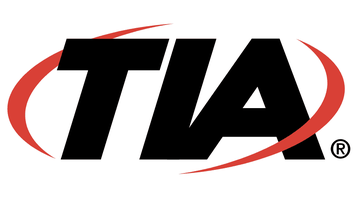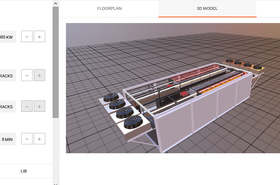The Telecommunications Industry Association (TIA) has extended the telecommunications infrastructure standard for data centers, ANSI/TIA-942-B, to cover Edge micro data centers. The update comes as TIA begins revising the whole standard.
The 942-B standard defines the design requirements for data center architecture, including cabling, ventilation, cooling, power systems, security, monitoring/control, resiliency, safety, and management systems. It is undergoing a full revision, due five years after its publication in 2017, after which it will become ANSI/TIA-942-C.
The 942-B standard covers resilience and efficiency, and the ANSI/TIA part of the name denotes the fact that it has been adopted as an American National Standard.
Adding the Edge
“Data centers are a critical component of the world’s digital infrastructure that connects our everyday lives,” said Tom McGarry, vice president of standards at TIA. “The TIA-942 standard helps ensure that as data centers evolve, they also become more resilient and thereby, more reliable for optimized performance and service delivery."
The addition extends the trusted standard, he says: "to new Edge data centers that will be instrumental to meeting low-latency requirements of 5G and 6G applications and services.”
Edge data centers are smaller, and housed locally to users and data sources to minimize latency. This creates new challenges in building and operating them. For instance, electronics in a small cabinet out-of-doors may be exposed to harsher conditions when it is serviced than would prevail inside a full-scale data center, according to guidance published in 2020 by ASHRAE, the American Society of Heating, Refrigeration and Air-Conditioning Engineers.
Edge data centers are regarded as important to the success of next-generation applications, and are likely to be deployed in large numbers, housed in cabinets, and monitored and controlled remotely, the TIA points out.
The ANSI/TIA-942 standard sets out four design levels, of which "Rated-3" provides concurrently maintainable infrastructure, and "Rated-4" provides fault-tolerant infrastructure. This is strikingly similar to the four "Tiers" set out by the Uptime Institute, and the early days of ANSI/TIA-942 were marked by arguments between the two bodies over terminology, with TIA dropping the word "Tier" in 2014.
Now the two are often seen as complementary. The 942-B standard is in the public domain, and certification can be cheaper, but Uptime is sometimes seen as a more stringent and "marketable" label for facilities.
As TIA opens discussions on the eventual TIA-942-C standard it is inviting industry players, including data center users, owners, designers, builders, installers, auditors, and others, to contribute ideas, by contacting TIA at standards@tiaonline.org.




